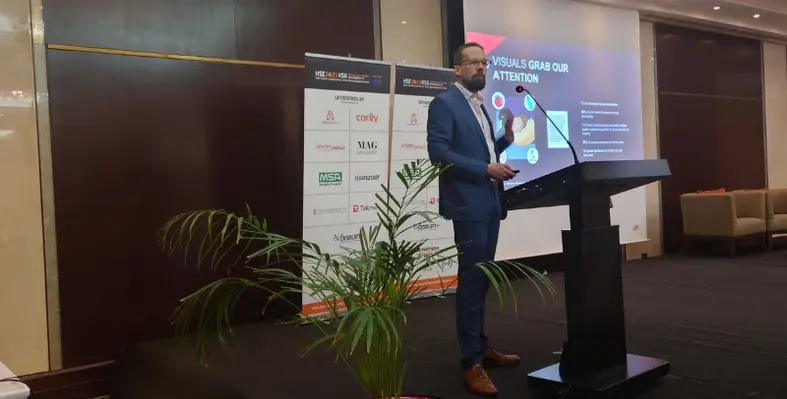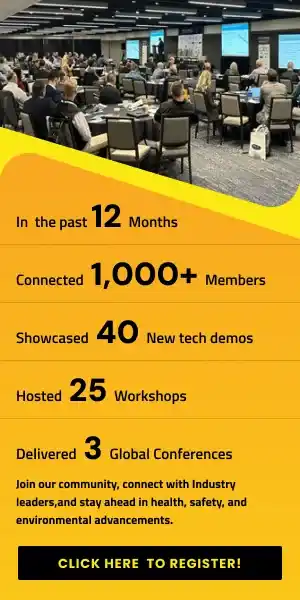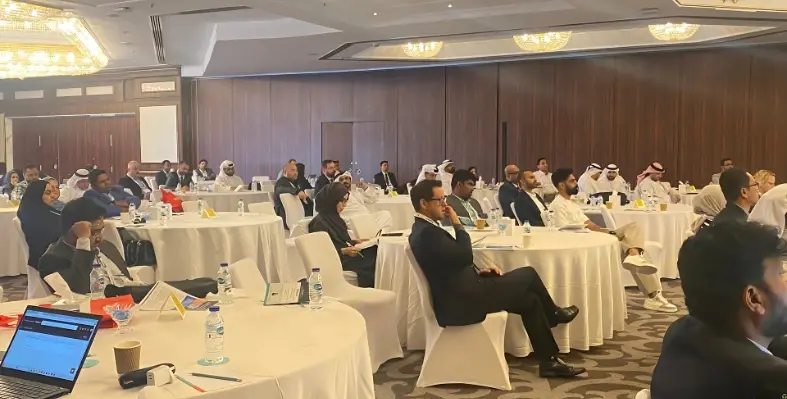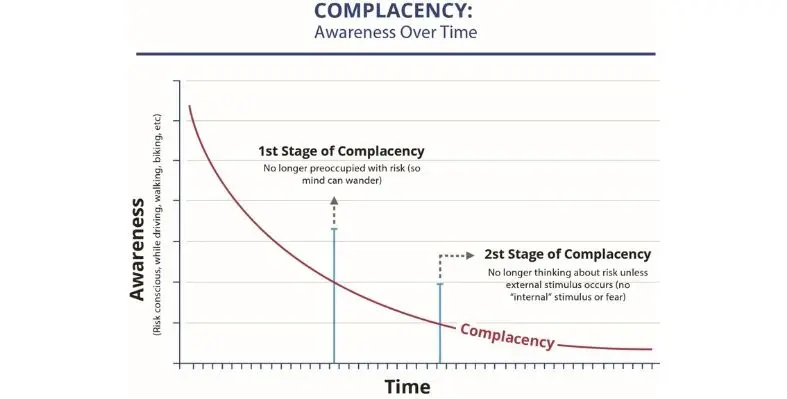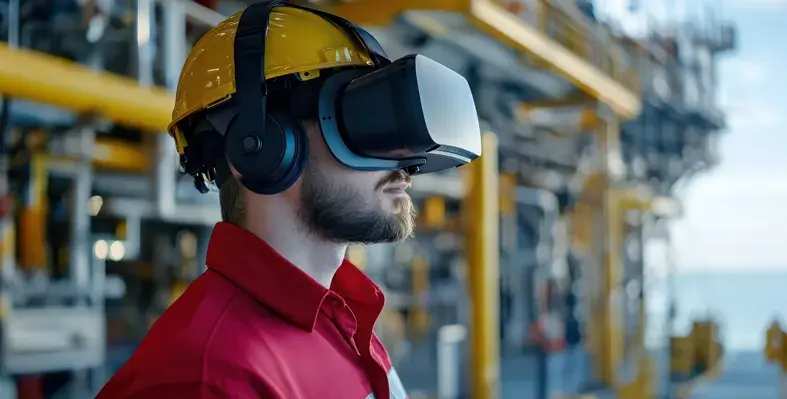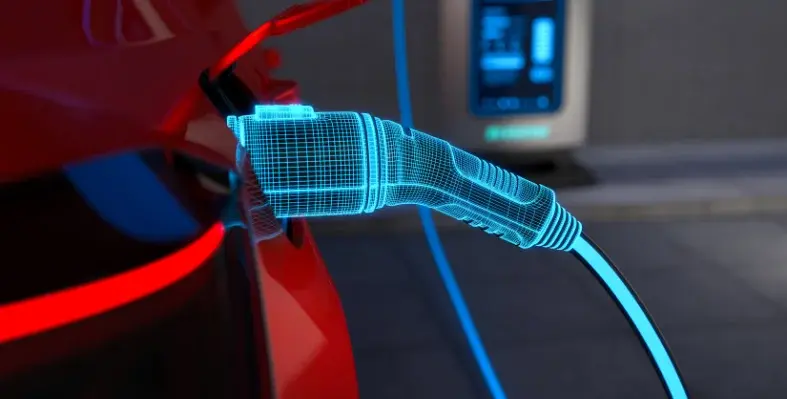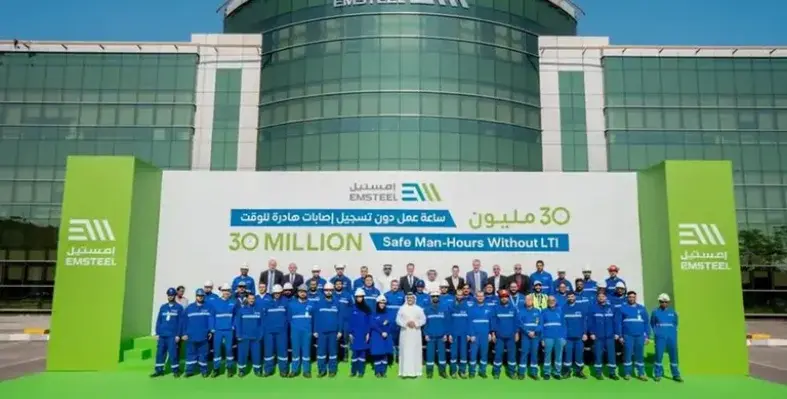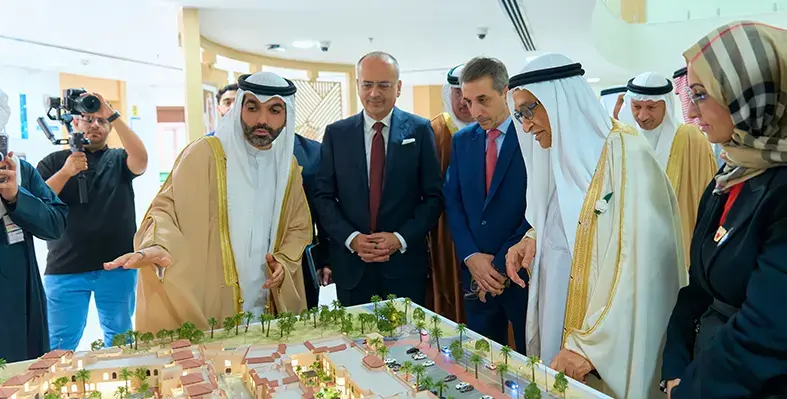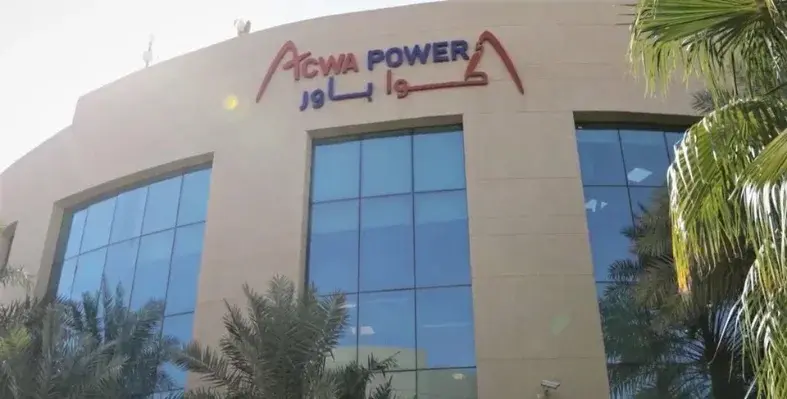Jonathan Chipps, managing director at Jincom Arabia, delivered a compelling presentation at the HSE KSA Forum in Riyadh, focusing on transforming health and safety training through visualisation and digital engagement.
His core message centred on making technical safety content more accessible, engaging, and understandable for diverse workforces.
Chipps highlighted a critical challenge in safety training: technical content developed by subject matter experts is often complex and difficult to comprehend, especially for workers from different linguistic and educational backgrounds. He emphasised that migrant workers are 66% more likely to make mistakes due to instruction misunderstandings and four times more likely to experience fatal accidents.
The solution, according to Chipps, lies in visualising and simplifying technical content. He explained that human brains are wired to process visual information rapidly, since we remember 65% of visual content compared to only 10-20% of text or verbal information. By transforming dense technical manuals into graphic-rich, simplified formats, organisations can dramatically improve safety comprehension and engagement.
Chipps showcased various visualisation techniques, including:
- Visual standards
- Short animated videos
- Interactive e-learning modules
- Toolbox talk guides
- Virtual reality training content
- Multilingual safety materials
"It's about making sure that you're taking technical information and making it relevant, engaging, and easily understood," Chipps said.
Delivering safety information
He also stressed the importance of digital content delivery, enabling organisations to track training engagement, ensure consistent messaging across multiple contractors and languages, and integrate safety content with existing management platforms.
Practical examples from projects with Neom and Red Sea Global demonstrated how Jincom develops comprehensive safety content libraries translated into multiple languages, using minimal text and powerful visuals to communicate critical safety information.
Chipps highlighted his philosophy: "Pictures speak the most universally understood language," echoing Walt Disney's perspective on visual communication.
Chipps concluded by emphasising that effective safety training is not complicated, as it requires simplifying technical content, visualising key messages, translating materials, and digitising delivery mechanisms to ensure maximum comprehension and engagement across diverse workforce populations.
His presentation offered a innovative approach to reimagining safety training, moving beyond traditional text-heavy methods to create more intuitive, memorable, and impactful learning experiences.



